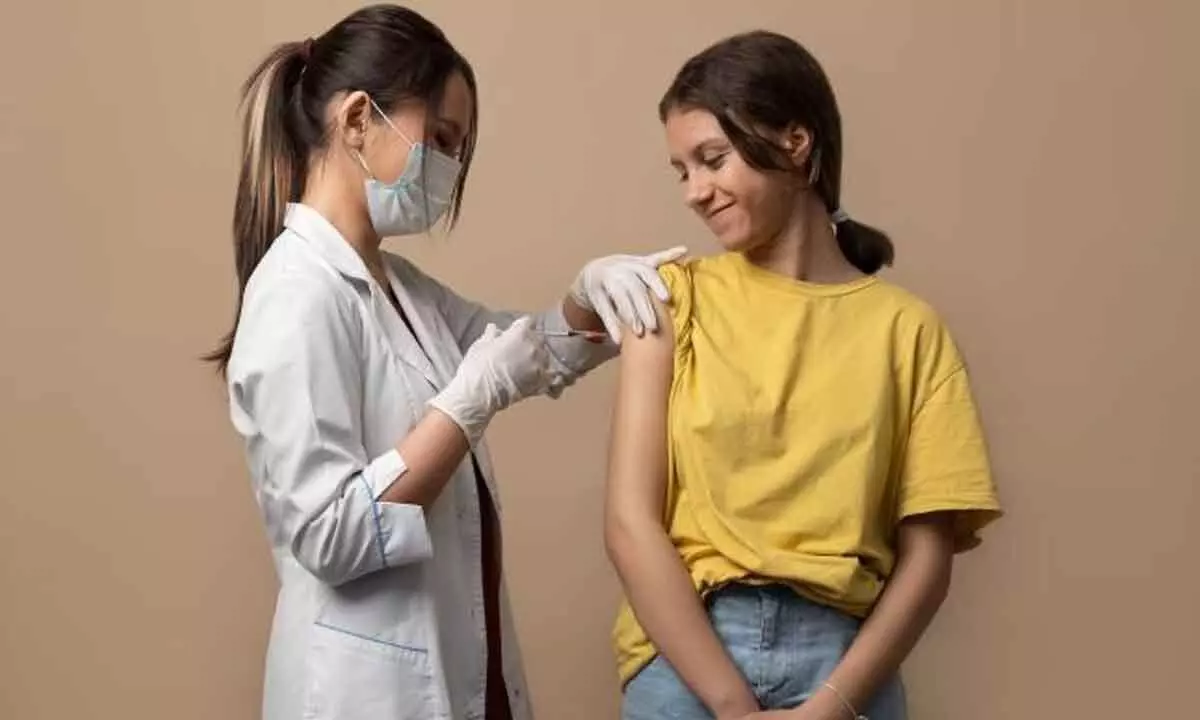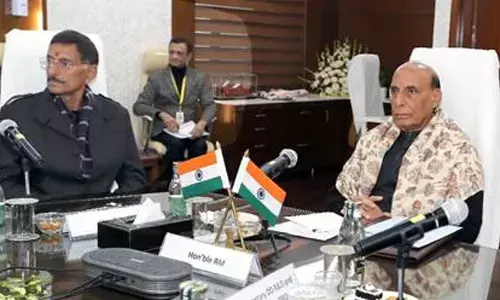Cervical Cancer Vaccination: Understanding the importance of HPV

Cervical cancer ranks fourth among cancers affecting women worldwide. Alarmingly, India bears a significant burden, with one-fourth of all cases occurring there. The HPV vaccine is most effective when given before someone is exposed to HPV virus, typically between 9 and 14 years old. However, vaccination is still recommended for people up to age 26 and in some cases, up to age 45 for those who have not yet been vaccinated
Cervical cancer ranks fourth among cancers affecting women worldwide. Alarmingly, India bears a significant burden, with one-fourth of all cases occurring there. The HPV vaccine is most effective when given before someone is exposed to HPV virus, typically between 9 and 14 years old. However, vaccination is still recommended for people up to age 26 and in some cases, up to age 45 for those who have not yet been vaccinated.
All types of cervical cancers are caused by the human papillomavirus (HPV), a very common virus spread through sexual contact. It’s important to know that getting HPV doesn’t mean you’ll get cervical cancer. In most cases, your body naturally fights off the virus. However, if the infection persists for many years (usually 15-20 years), it can lead to precancerous changes in the cervix called dysplasia. If left untreated, dysplasia can develop into cervical cancer.
We should also implement ROSE (Reach Out, Stay Strong, Essentials for mothers of newborns) Program in India, an initiative that empowers Women through Innovative Cervical Screening, which has been implemented currently Malaysia. The evidence-based program is designed to reduce the risk of postpartum depression (PPD) in low-income women. This and offers a unique approach to cervical cancer screening and focuses on maternal mental health and is offered in the United States.
Many women come into contact with the human papillomavirus (HPV) during their childbearing years. This infection often happens without any noticeable symptoms and usually clears up on its own within two years.
One should seek immediate doctor’s consultation if experiences
• Abnormal bleeding
• Postmenopausal bleeding -
• Foul-smelling vaginal discharge
• Severe strain in lower-back strain
Importance of Early Screening
Regular cervical cancer screenings are crucial for early detection and prevention. The recommended age range for screenings is 21 to 65 years old. Pap smears are advisable once in every three years. If you’re over 25 and have had an HPV DNA test (co-testing) along with your Pap smear, you might be able to extend the screening interval to five years. Discuss this option with your doctor to see if it’s right for you.
HPV Vaccination:This is the single most effective way to prevent cervical cancer. Ideally, girls aged 9-14 receive two doses of the vaccine six months apart. While still beneficial, vaccination for teenagers and women aged 15-45 may require three doses and a doctor’s consultation to discuss individual circumstances.
Getting the HPV vaccine protects you from not just cervical cancer, but also anal cancer, vulvar cancer, vaginal cancer, and even some head and neck cancers. Practicing safe sex further reduces your HPV risk.
A Global Goal: Eliminating Cervical Cancer
The World Health Organization has taken a historic step towards eliminating cervical cancer as a public health threat. Their ambitious plan sets a clear target: for a country to be considered “eliminated,” it must have fewer than 4 cases of cervical cancer per 100,000 women per year.
To achieve this by 2030, WHO has established a set of three key goals, known as the 90-70-90 targets:
• Vaccinate 90% of girls by age 15: HPV vaccination is the most effective way to prevent cervical cancer. By ensuring high vaccination rates among young girls, we can significantly reduce future cases.
• Screen 70% of women with high-performance tests: Regular screenings allow for early detection of cervical cancer, leading to better treatment outcomes. The high-performance tests used improve the accuracy of screening.
• Treat 90% of women with cervical disease: Early intervention is crucial. This target ensures that nearly all women diagnosed with pre-cancer or invasive cervical cancer receive proper treatment, improving their chances of a full recovery.
(The writer is a Lead Consultant - Obstetrics & Gynaecology, Aster CMI Hospital Bangaluru)
















